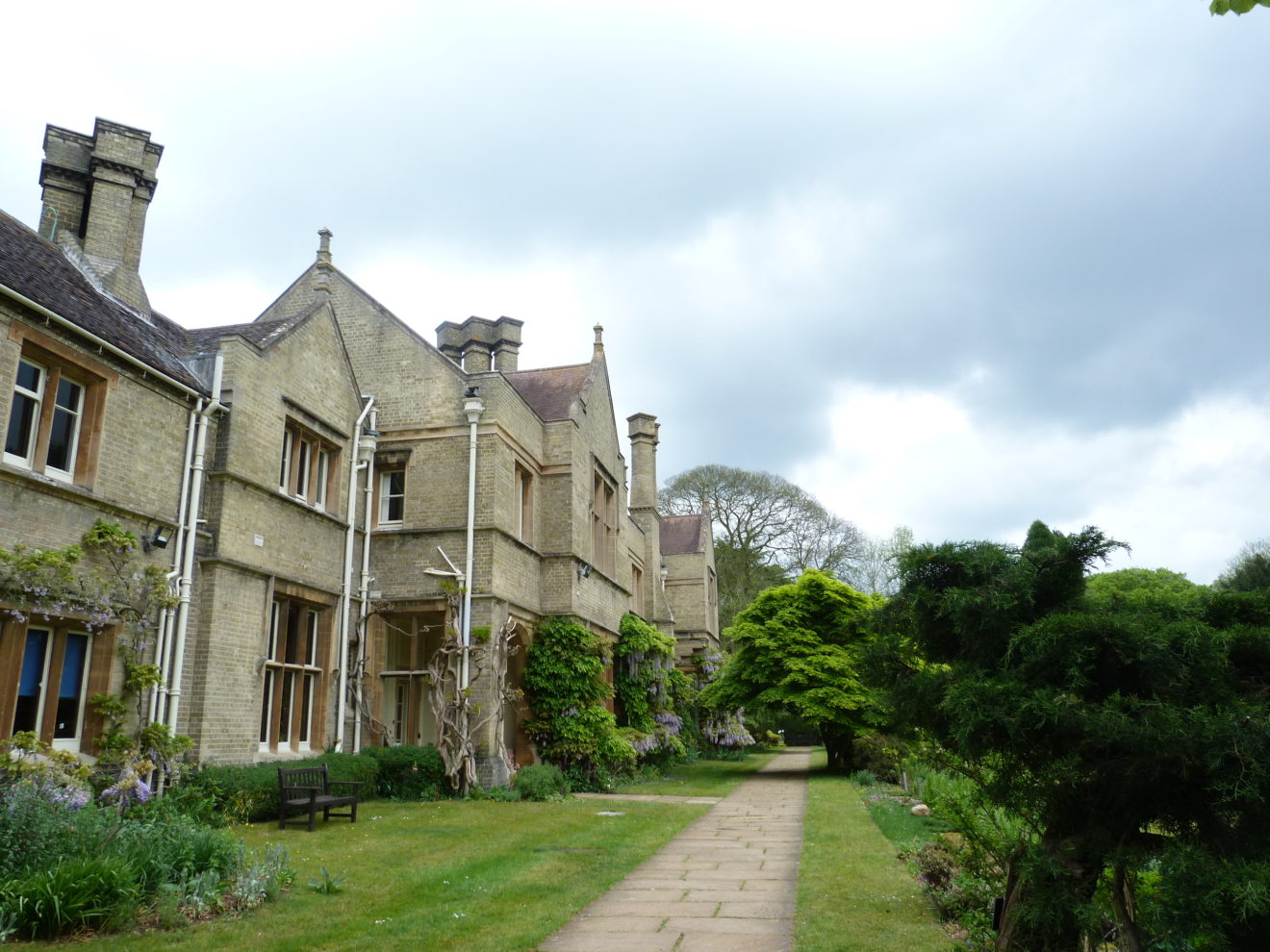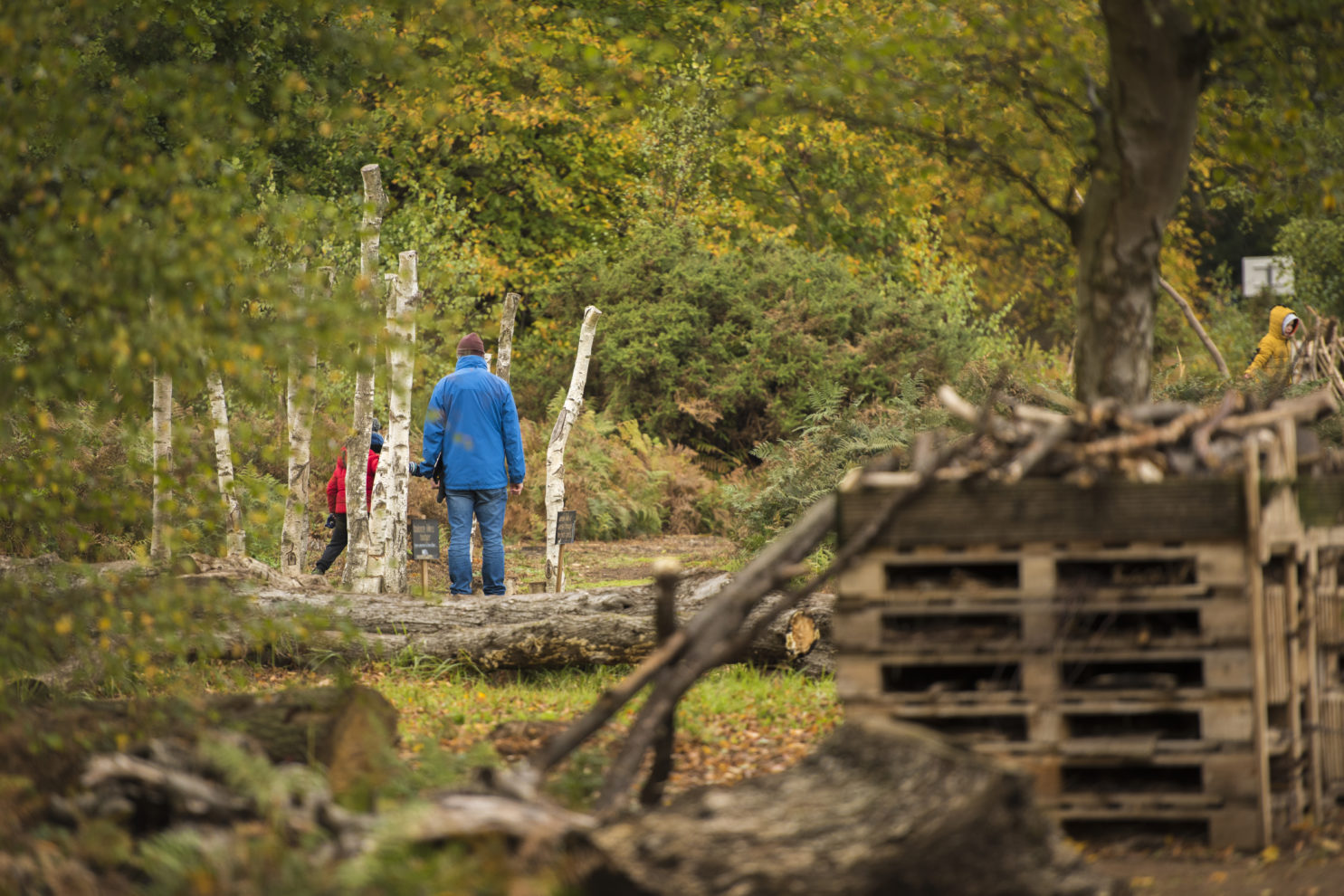RSPB The Lodge



From ancient woodlands and lowland heaths to estuaries and rugged coasts, England is rich in wildlife habitats.
As part of our work in England, we are restoring, creating and enhancing land to benefit people and wildlife, from reedbeds and heathland to chalk grassland and wetlands.
The ‘Swiss Cottage’ was built in 1851 by Captain Sir William Peel, RN, hero of the Crimean War and Indian mutiny, who lived there until his death in 1858. His brother Arthur Wellesley Peel, later a famous speaker of the House of Commons, lived there after that date but in 1870 he commanded the famous architect Henry Clutton to build a larger house near the edge of the ridge. This, Clutton undertook in an Elizabethan Style with outward views of the escarpment.
In 1934 the Peel family sold the Lodge and it was purchased by Sir Malcolm Stewart, Chairman of the London Brick Company. He was a great connoisseur of the arts and he filled the house with medieval tapestries, furniture and paintings by Gainsborough, Constable and Raeburn. He also added some magnificent fireplaces and re-landscaped the gardens, including building the large ornamental swimming pool on the garden side.
The Stewarts sold the estate in 1960 and the Lodge was purchased by the RSPB, who moved their national headquarters from London to Sandy.
The Lodge, which is owned by the RSPB, is located at the end of a half mile drive from Potton Road, to the south-east of Sandy. At the entrance to the drive sits ‘The Swiss Cottage’ or Gatehouse, which houses an RSPB shop.
The Lodge is located away from the GSRW and is not visible from the route.
The grounds contain much woodland and newly restored heathland areas. The Iron Age hill fort, Galley Hill, stands in the grounds.
































